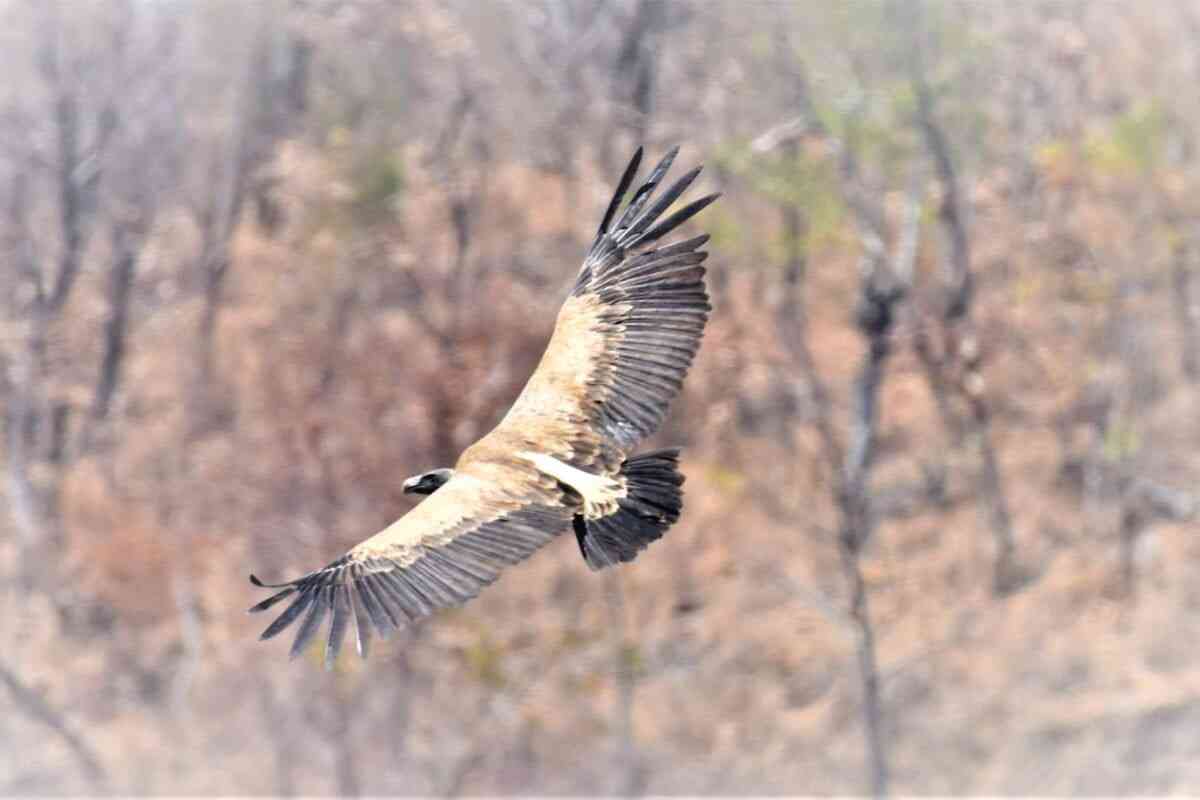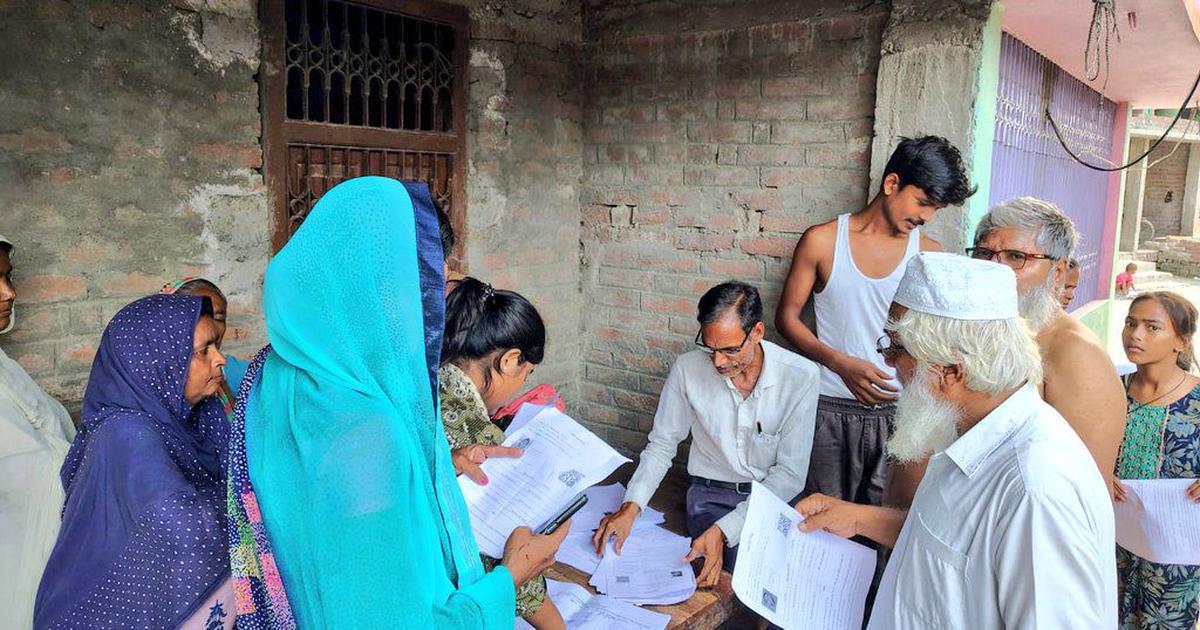In the Deccan plateau, vulture population declines

Join our WhatsApp Community to receive travel deals, free stays, and special offers!
- Join Now -
Join our WhatsApp Community to receive travel deals, free stays, and special offers!
- Join Now -

High on the sandstone cliffs of Telangana’s Kaghaznagar Forest Division, long-billed vultures (Gyps indicus) once nested in dozens. Their rhythmic flights in the skies were a familiar sight for local people. Today, however, only a handful remain. A 14-year study has now found that these critically endangered birds are breeding less successfully.
“The long-billed vulture has undergone severe population declines across the Indian subcontinent, primarily due to diclofenac [a veterinary drug] poisoning. It’s also a slow reproducer, typically raising only one nestling per year,” says Ravikanth Manchiryala, a researcher from the Department of Zoology and Wildlife Biology, AVC College, Tamil Nadu, and the first author of the study.
“Most earlier studies were short-term or focused on multiple species of Gyps and offered only general insights. This one, however, specifically tracked this species’ breeding ecology, nest success, and how environmental factors affect reproduction over time,” he added.
Tracking a slow decline
Between 2010 and 2023, researchers monitored 23 nests across two cliff-nesting colonies in the Kaghaznagar Forest Division and adjoining parts of the Deccan Plateau, at the junction of Telangana, Maharashtra, and Chhattisgarh states. These cliffs, known as Palarapu and Lakkameda, lie along the Peddavagu stream and Pranahita river, a landscape that also serves as a corridor linking the Kawal, Tadoba-Andhari, and...
Read more
What's Your Reaction?
 Like
0
Like
0
 Dislike
0
Dislike
0
 Love
0
Love
0
 Funny
0
Funny
0
 Angry
0
Angry
0
 Sad
0
Sad
0
 Wow
0
Wow
0






















































